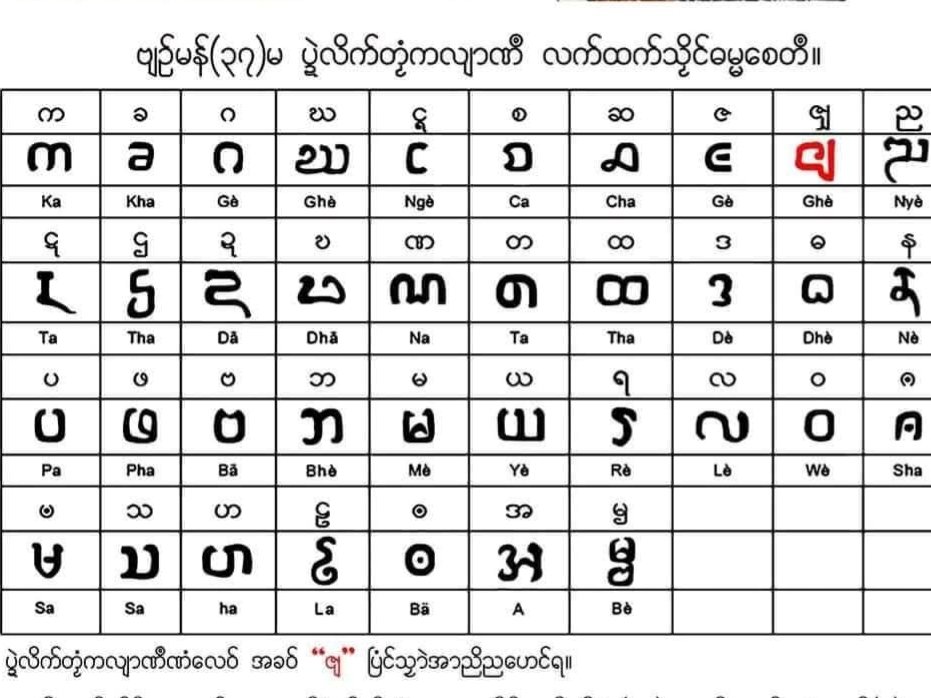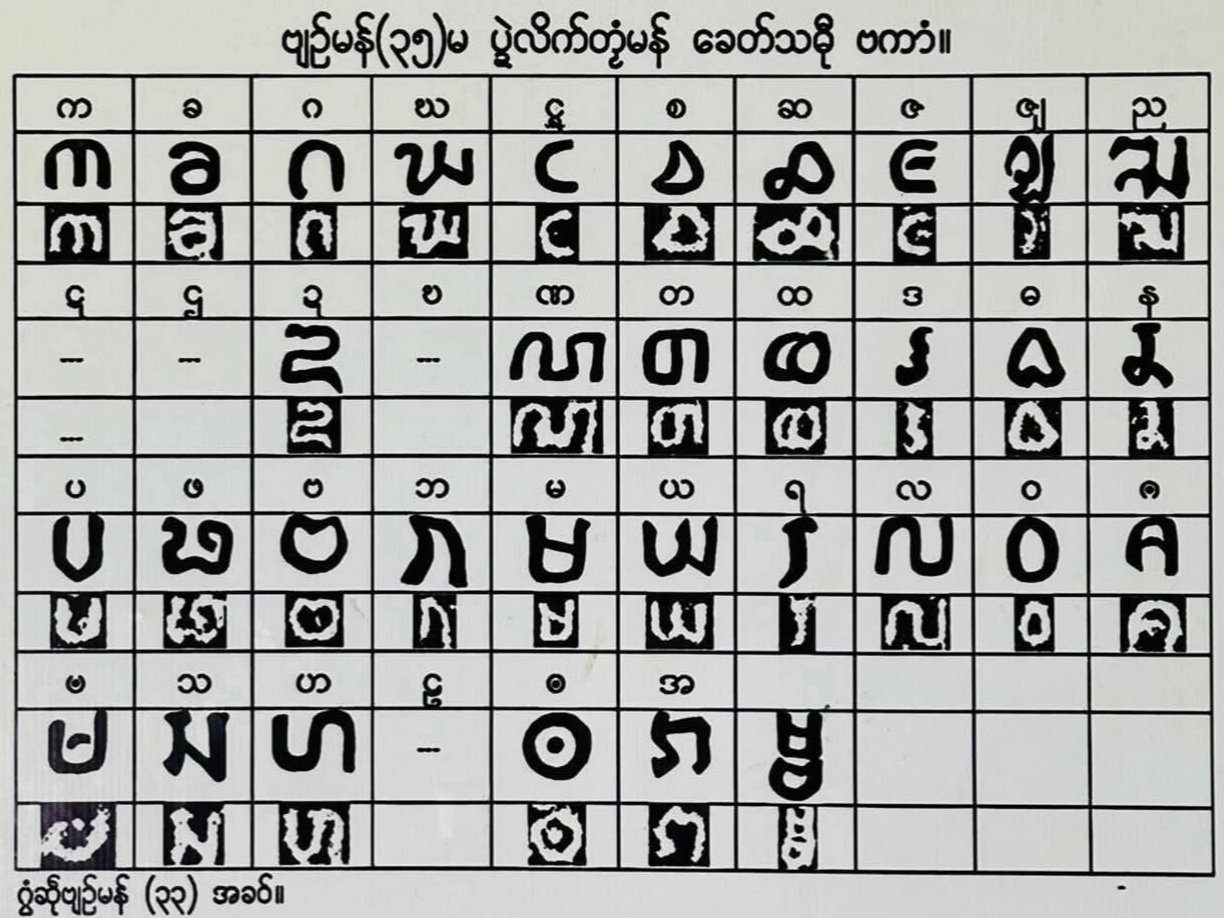Kalawt Pakoaw,
Mon Learning Center


part of speech
Form the foundation of language, proper grammar and effective writing.
Part of speech are the building blocks of language to improve speaking, writing, translation and even cultural preservation. Whether for daily communication, academic study, or linguistic research, they are indispensable.
sentence
sentences are backbone of language to organize ideas
without sentences, language would lack coherence, depth, and precision whether in daily conversation, literature, or academic work.
know the benefit
Together, we will build your ideal space
Preservation of Culture Heritage
The Mon language and literature are deeply rooted in Southeast Asia' history, especially in Myanmar and Thailand. Studying ancient Mon texts preserves a literary tradition that has significantly shaped regional cultures.
Linguistic and Historical Insights
As an Austroasiatic language, Mon grammar offers key insights into the linguistic evolution of mainland Southeast Asia. Old Mon inscriptions and literature, like those from the Dvravati and Hariphunchai periods, uncover valuable details about history, religion, and ancient societal strutures.
Academic and Research Opportunities
Knowledge of Mon assists scholars in Southeast Asia studies by enabling the deciphering of the deciphering of ancient texts and facilitating comparative research with related languages like Khmer and Pali.
congnitive and analytical benefits
Studying Mon grammar sharpens logical and analytical skills through its unique syntax, while exploring old literature strengthens critical reading and interpretation abilities.
Cultural Revival and identity
Learning the Mon language reinforces cultural identity and bridge generations, while renewed interest in its literature can inspire contemporary creative works in poetry, music, and storytelling.
tourism and cultural exchange
Understanding Mon language and history deeper travel experiences in Mon regions like Bago (Myanmar) or Thailand, enabling meaningful connections with local traditions and oral heritage.
